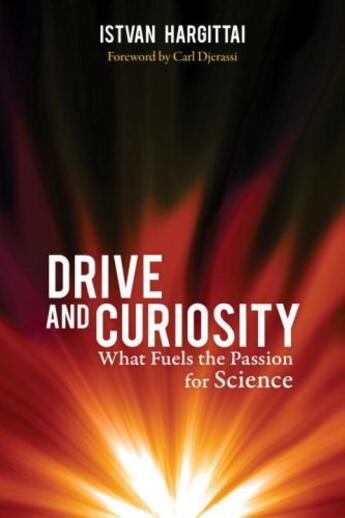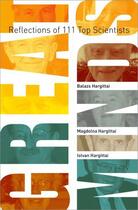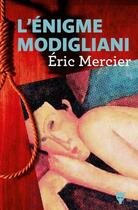-
Nombre de pages : (-)
-
Collection :
(-)
-
Genre :
(-)
-
Thème :
Non attribué
-
Prix littéraire(s) :
(-)
Résumé:
What motivates those few scientists who rise above their peers to achieve breakthrough discoveries? This book examines the careers of fifteen eminent scientists who achieved some of the most notable discoveries of the past century, providing an insider's perspective on the history of twentieth... Voir plus
What motivates those few scientists who rise above their peers to achieve breakthrough discoveries? This book examines the careers of fifteen eminent scientists who achieved some of the most notable discoveries of the past century, providing an insider's perspective on the history of twentieth century science based on these engaging personality profiles. They include:
- Dan Shechtman, the 2011 Nobel laureate and discoverer of quasicrystals;
- James D. Watson, the Nobel laureate and codiscoverer of the double helix structure of DNA;
- Linus Pauling, the Nobel laureate remembered most for his work on the structure of proteins;
- Edward Teller, a giant of the 20th century who accomplished breakthroughs in understanding of nuclear fusion;
- George Gamow, a pioneering scientist who devised the initially ridiculed and now accepted Big Bang.
In each case, the author has uncovered a singular personality characteristic, motivational factor, or circumstance that, in addition to their extraordinary drive and curiosity, led these scientists to make outstanding contributions. For example, Gertrude B. Elion, who discovered drugs that saved millions of lives, was motivated to find new medications after the deaths of her grandfather and later her fiancé. F. Sherwood Rowland, who stumbled upon the environmental harm caused by chlorofluorocarbons, eventually felt a moral imperative to become an environmental activist. Rosalyn Yalow, the codiscoverer of the radioimmunoassay always felt she had to prove herself in the face of prejudice against her as a woman. These and many more fascinating revelations make this a must-read for everyone who wants to know what traits and circumstances contribute to a person's becoming the scientist who makes the big breakthrough.
Donner votre avis















